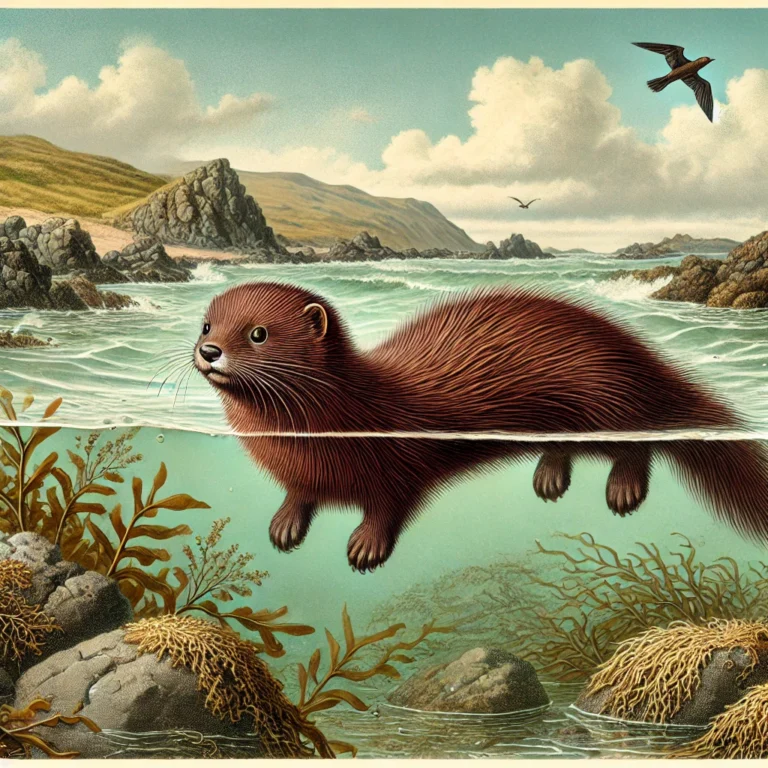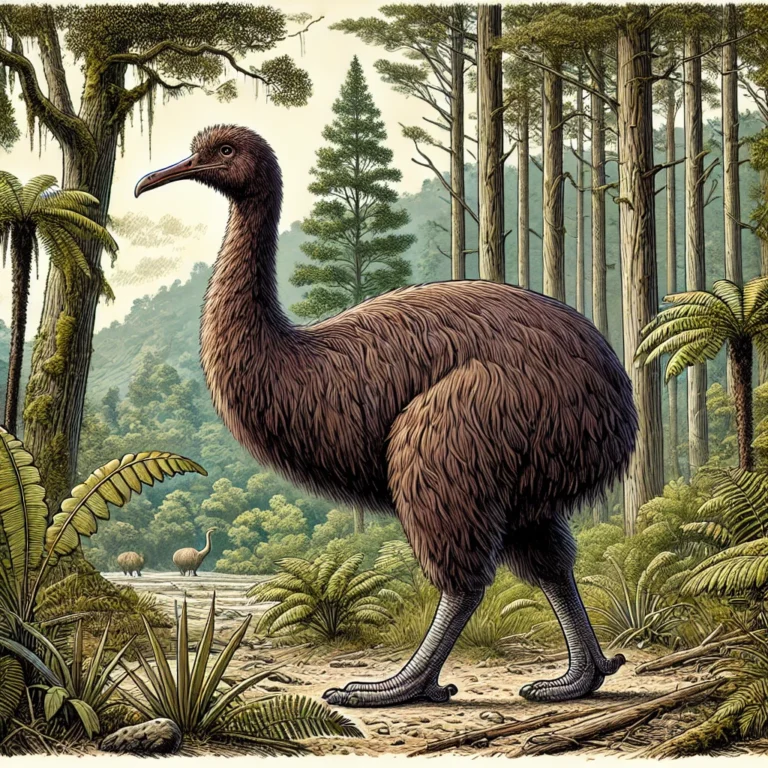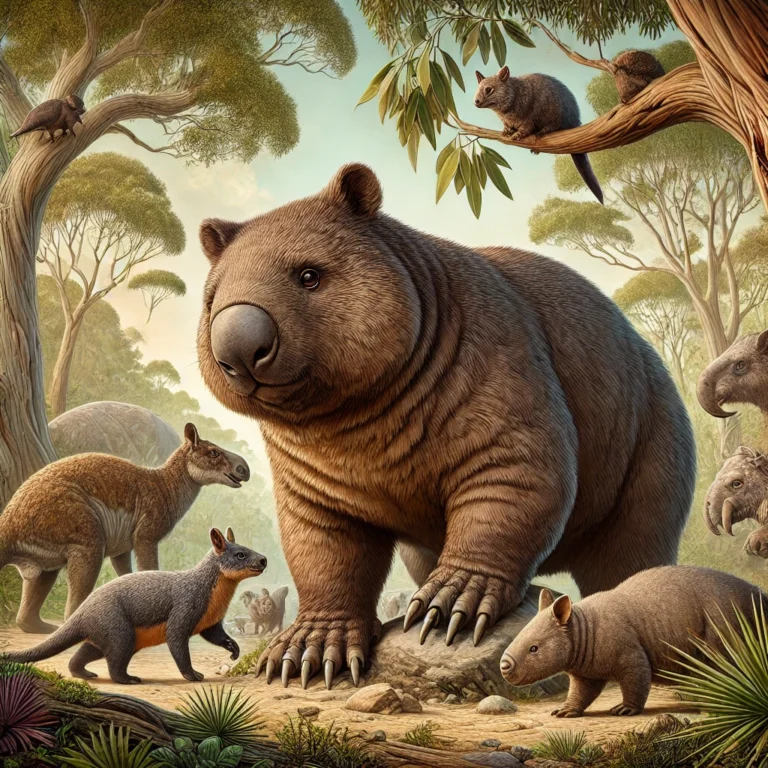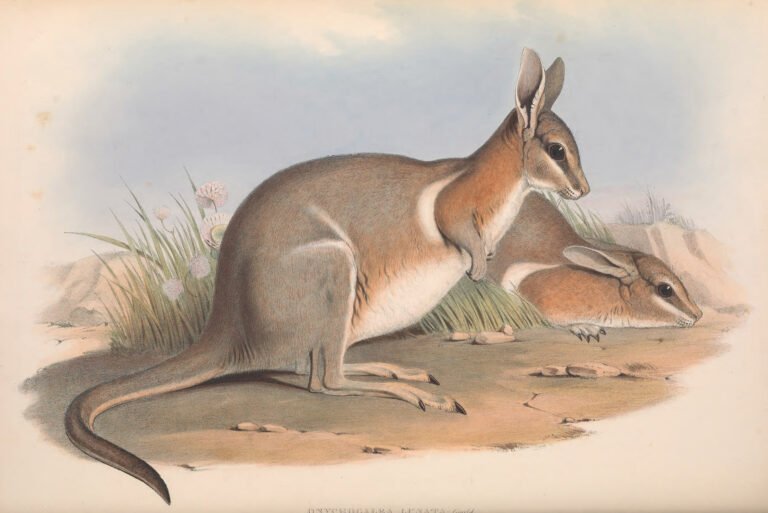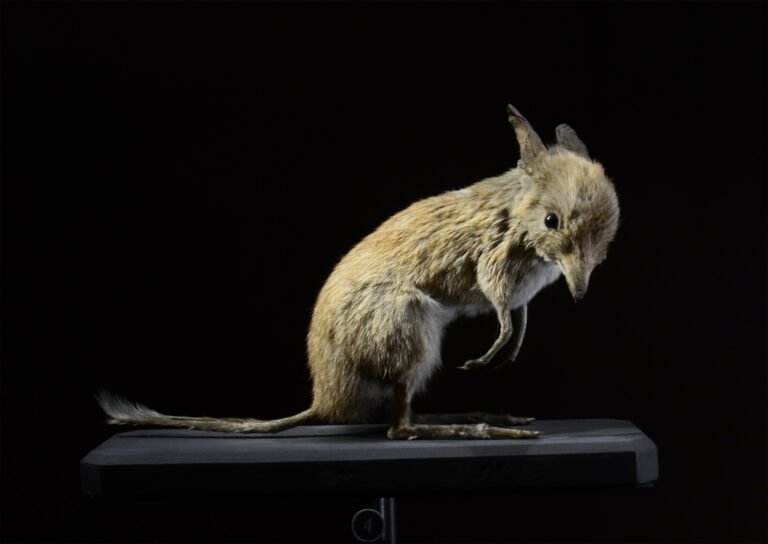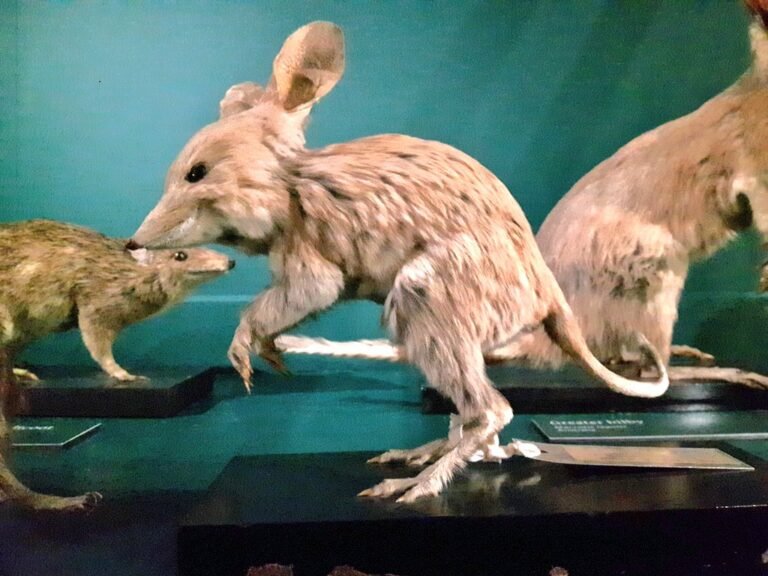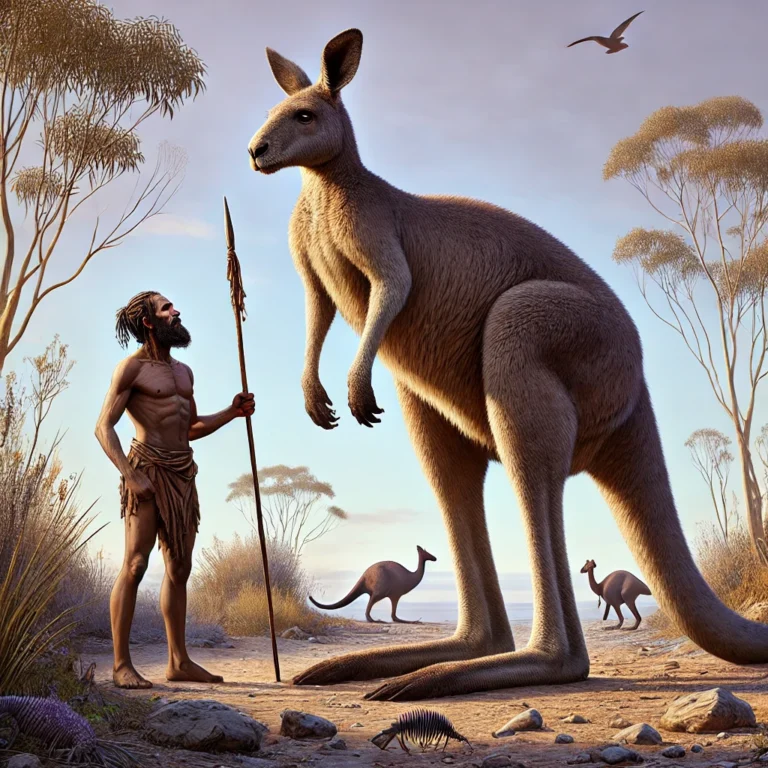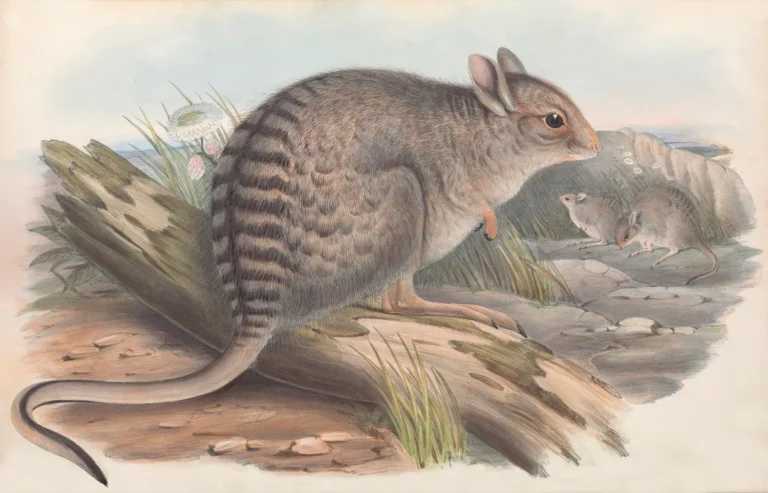Unraveling the Mystery of the Rocky Mountain Locust: Nature’s Vanished Swarm
Introduction:
The Rocky Mountain Locust, scientifically known as Melanoplus spretus, was once the most infamous pest of the American Great Plains. Known for forming massive swarms that devastated crops and caused widespread famine, these locusts were a significant force in the 19th century. Remarkably, by the early 20th century, the Rocky Mountain Locust had vanished, and it was declared extinct. The sudden disappearance of this once-dominant species remains a topic of scientific intrigue and environmental significance.
Facts:
| Attribute | Details |
|---|---|
| Scientific Name | Melanoplus spretus |
| Common Names | Rocky Mountain Locust |
| Year Declared Extinct | Early 20th century |
| Kingdom | Animalia |
| Phylum | Arthropoda |
| Class | Insecta |
| Order | Orthoptera |
| Family | Acrididae |
| Genus | Melanoplus |
| Species | M. spretus |
| Natural History and Origin | Native to the Rocky Mountains and Great Plains of North America |
| Physical Information | Medium-sized locust, approximately 1.5 inches in length |
| Appearance | Brownish-yellow with darker markings, typical of grasshoppers and locusts |
| Scientist Names | Described by entomologists in the 19th century |
| Region | Rocky Mountains and Great Plains, North America |
Appearance:
The Rocky Mountain Locust was a medium-sized insect, measuring about 1.5 inches in length. It had a typical grasshopper appearance with a brownish-yellow body and darker markings on its thorax and wings. These locusts were well-adapted for both jumping and flying, with strong hind legs and well-developed wings.
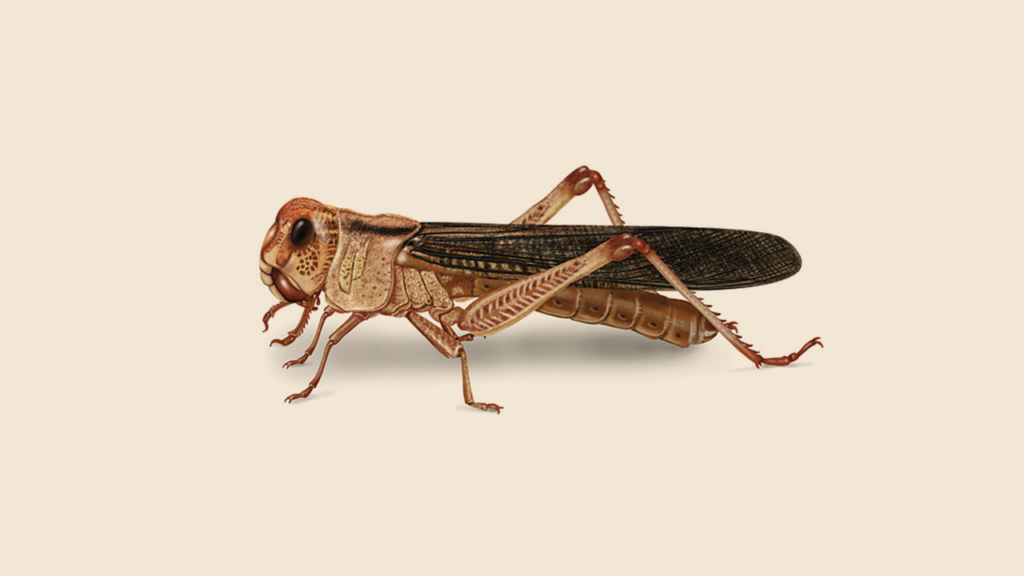
Distribution:
Historically, the Rocky Mountain Locust was found throughout the Rocky Mountains and the Great Plains of North America. These areas provided the locusts with the diverse habitats needed for their life cycle, including breeding grounds and abundant food sources.
Habits and Lifestyle:
The Rocky Mountain Locust was known for its gregarious behavior, forming enormous swarms that could cover hundreds of square miles. These swarms would move en masse, consuming nearly all vegetation in their path. Locusts are capable of both solitary and swarming phases, with the latter being triggered by environmental conditions such as drought and high population density. During swarming events, locusts would migrate long distances, driven by the need to find food and suitable breeding grounds.
Physical Characteristics:
The Rocky Mountain Locust had physical features typical of locusts, including strong hind legs for jumping, a pair of large wings for flight, and a body adapted for consuming plant material. Its exoskeleton provided protection and support, while its compound eyes and antennae were highly sensitive to environmental changes.
Diet and Nutrition:
As herbivores, Rocky Mountain Locusts fed on a wide variety of plant materials, including grasses, crops, and leaves. During swarm events, their consumption was particularly voracious, leading to significant agricultural damage. They would strip fields of crops, leading to economic hardship and famine for affected human populations.
Behavior:
Rocky Mountain Locusts exhibited a complex life cycle with distinct phases. In the solitary phase, they behaved like typical grasshoppers, but under certain conditions, they would enter a gregarious phase, forming swarms. This swarming behavior was a survival strategy, allowing them to exploit new food sources and avoid predation. The locusts communicated through a combination of visual signals, vibrations, and chemical cues.
Cause of Extinction:
The extinction of the Rocky Mountain Locust remains a subject of scientific investigation. One prevailing theory is that the destruction of their breeding grounds, particularly the river valleys of the Rocky Mountains, by agricultural development and irrigation projects led to their decline. These changes disrupted their life cycle, preventing them from reaching the population densities necessary for swarming. By the early 20th century, no significant swarms were recorded, and the species was declared extinct.
FAQs:
| Question | Answer |
|---|---|
| What led to the extinction of the Rocky Mountain Locust? | Destruction of breeding grounds and changes in land use due to agricultural development. |
| When did the Rocky Mountain Locust go extinct? | The early 20th century. |
| What did the Rocky Mountain Locust eat? | It fed on a variety of plant materials, including grasses and crops. |
| Why is the Rocky Mountain Locust significant? | It was one of the most destructive insect pests in North American history, with massive swarms causing widespread agricultural damage. |
| Are there efforts to study the Rocky Mountain Locust? | Yes, ongoing research aims to understand the reasons for its extinction and the dynamics of locust swarming behavior. |
Categories:
- Extinct Insects
- North American Wildlife
- Agricultural History
- Entomological Research
-
Sea Mink: The Lost Predator of the North Atlantic
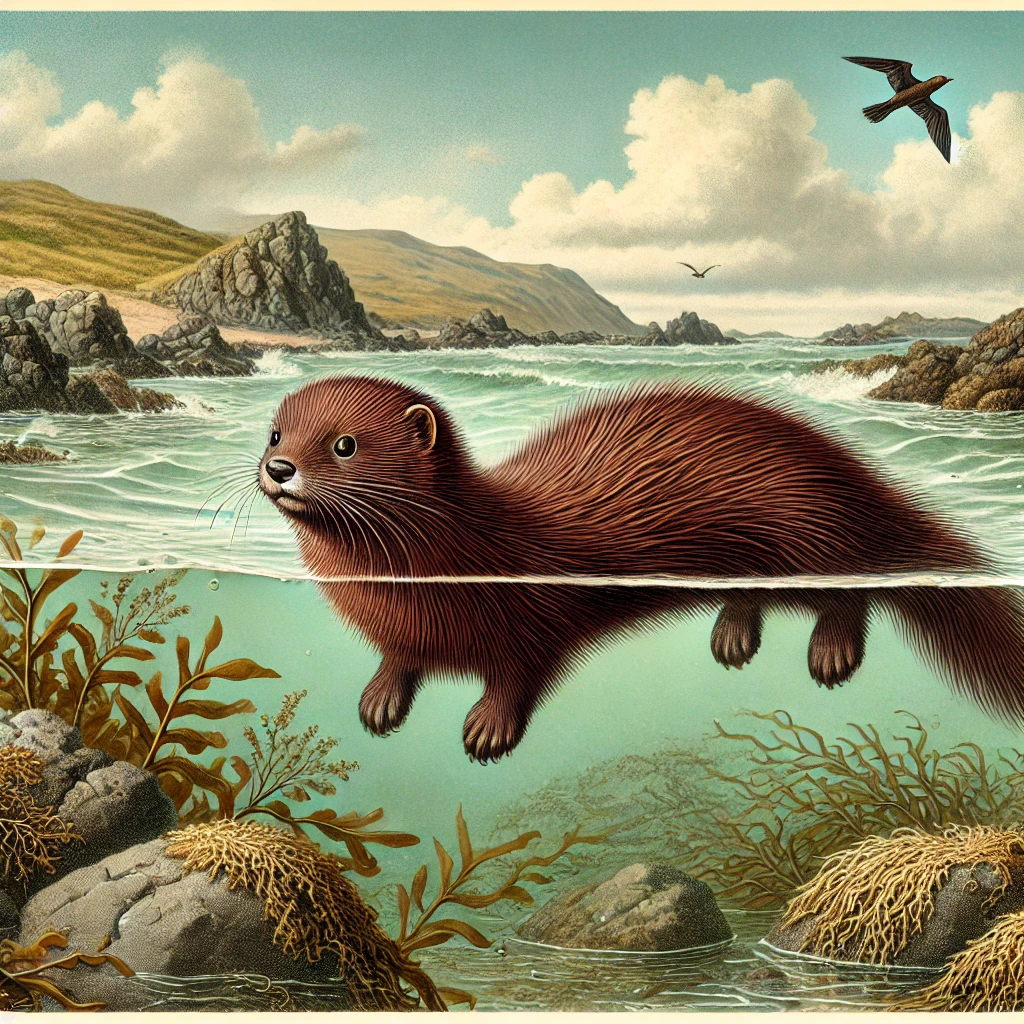
Rediscovering the Sea Mink: An Extinct Coastal Hunter Introduction: The Sea Mink, scientifically known as Neogale macrodon, was a large,…
-
Moa: The Extinct Giants of New Zealand
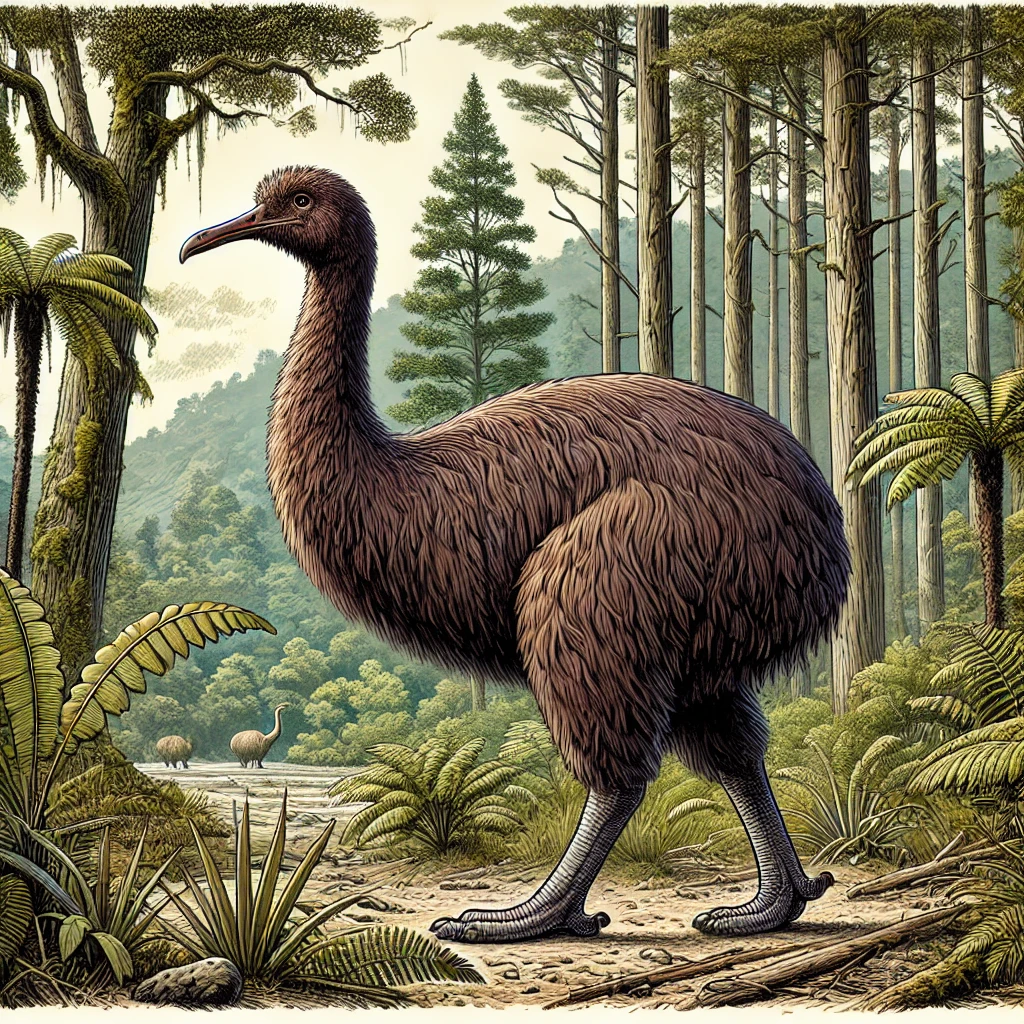
Exploring the Moa: New Zealand’s Lost Giants Introduction: The Moa, belonging to the order Dinornithiformes, were a diverse group of…
-
Dodo: The Iconic Symbol of Extinction

Unraveling the Dodo: The Lost Bird of Mauritius Introduction: The Dodo, scientifically known as Raphus cucullatus, was a flightless bird…
Views: 15

